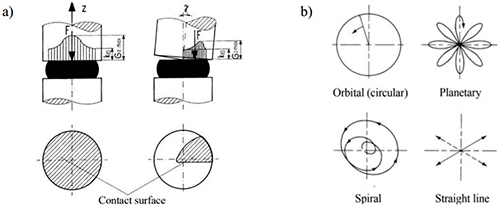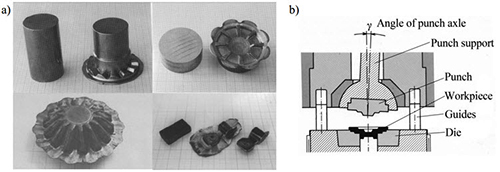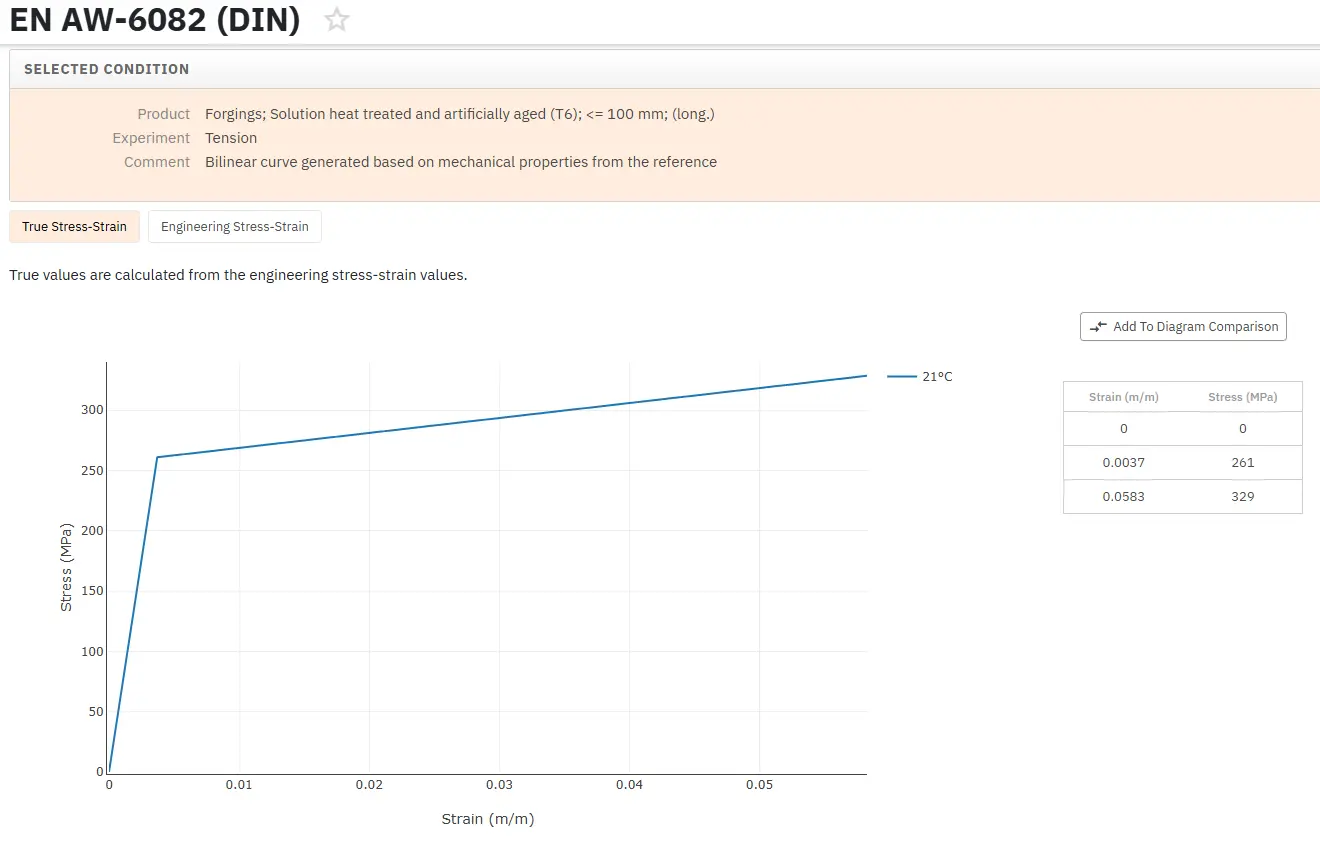Orbital Forging: Advanced Manufacturing Process for Superior Metal Components
Abstract
Orbital forging represents an advanced compressive forging technique that utilizes an upper die traveling in an orbital path to apply uniform forging effects throughout rotating parts. This manufacturing process offers significant advantages over traditional forging methods, including reduced forming loads, enhanced material properties, and improved production efficiency. The process involves positioning workpieces between upper and lower tools in a vertical press machine, where the upper tool's axis is tilted at specific angles (typically 1-2°) to create localized contact areas. Optimal orbital forging requires careful control of multiple factors including workpiece material properties, tool construction, machine capabilities, and technical parameters. Compared to conventional extrusion processes, orbital forging delivers greater deformation degrees, requires smaller presses, reduces die loads, and significantly minimizes noise and vibration generation.
Understanding Orbital Forging Technology
Orbital forging stands as a sophisticated compressive forging technique that employs an upper die to deliver uniform forging effects throughout rotating components. This advanced manufacturing process requires precise control of numerous factors to achieve optimal results, with workpiece material properties—including chemical composition, microstructure, and deformability—serving as critical considerations.
Metal forging processes consistently produce some of the strongest manufactured components compared to alternative metal manufacturing methods. This strength advantage extends beyond traditional iron and steel forging applications to encompass various metals including aluminum, magnesium, copper, titanium, and nickel alloys. Each metal type presents unique forging characteristics, with some materials demonstrating greater formability than others.
The orbital forging process specifically strengthens materials by sealing internal cracks and eliminating empty spaces within the metal structure. Hot forging operations significantly reduce or eliminate inclusions in forged components by breaking up impurities and redistributing their material throughout the metalwork. However, controlling impurity bulk should remain a primary consideration during earlier casting processes, as inclusions can create stress concentration points in manufactured products.
The Orbital Forging Manufacturing Process

Figure 1: Principal difference between classical and orbital forging and various motion possibilities of upper tool’s axis
Orbital forging manufacturing involves positioning components within forging die cavities and applying compressive forces through an upper die that travels along an orbital path. The upper die revolves on an inclined axis, applying force to small work portions at any given time. Complete revolution of the upper die on its inclined orbit ensures forging force administration across the entire workpiece.
Several orbital forging variants exist, with the most common configuration positioning workpieces between upper and lower tools in vertical press machines. The upper tool axis tilts to specific angles, typically ranging from 1 to 2 degrees. During operation, the upper tool performs rotary motion while the lower tool moves upward. The workpiece's lower surface maintains full contact with the tool, while the contact surface between the upper workpiece surface and upper tool remains smaller compared to classical forging due to the tilted axis configuration.
This decreased contact surface results in significantly lower forming loads. In classical forging applications, the angle γ equals 0° with no die rotation, contrasting sharply with orbital forging's dynamic approach.
Contact Area Dynamics and Tool Motion Variations
The contact area between upper tools and workpieces depends directly on the upper tool axis's tilted angle. Greater angles produce smaller contact surfaces and correspondingly lower forming loads. However, larger angles create more complex machine maintenance requirements and increased frame deflection, making consistent forming precision more challenging to maintain.
Tilted upper tool axes can perform various motion styles, with orbital (circular) motion being most commonly employed, particularly when forging relatively thin parts requiring high deformation throughout entire part volumes. For components with large ribs and flanges, planetary motion proves most appropriate. Spiral motion suits parts where material flow occurs primarily in central regions, while straight-line motion works best for long, narrow components.
Typical Orbital Forging Applications

Figure 2: Typical parts manufactured through orbital forging processes and the tools used for orbital forging
Orbital forging processes manufacture various components including hubs, clutch parts, bevel gears, and breech ejectors. These applications demonstrate the process's versatility across different industrial sectors and component geometries.
Critical Process Parameters
Multiple parameters influence orbital forging processes and final product quality. These influential factors divide into four distinct groups:
Workpiece material considerations encompass chemical composition, microstructure, and deformability characteristics. Tool properties include construction design, workpiece positioning systems, and contact surface properties. Machine properties involve load-energy capabilities, production capacity, kinematic systems, and automation levels. Technical factors comprise forming loads, temperature control, contact conditions, deformation levels, and workpiece geometry specifications.
Advantages Over Traditional Extrusion Processes
Compared to conventional extrusion processes, orbital forging technology offers substantial benefits. The process enables greater deformation degrees in single operations while requiring considerably smaller presses. Reduced loads on forming dies extend tool life, resulting in increased part production capabilities. The orbital forging process generates significantly lower noise and vibration levels with no impact forces, facilitating ready integration into automated production cells.
These advantages make orbital forging an increasingly attractive manufacturing option for industries requiring high-strength components with superior material properties. The process's ability to enhance grain structure alignment and eliminate internal defects positions it as a premium manufacturing technique for critical applications across aerospace, automotive, and industrial sectors.
The combination of reduced equipment requirements, improved material properties, and enhanced production efficiency establishes orbital forging as a leading-edge manufacturing technology capable of meeting modern industry's demanding performance and quality requirements.
Мгновенный доступ к свойствам материалов для ковки!
Total Materia Horizon содержит информацию о материалах, подходящих для ковки, их механические и физические свойства, диаграммы напряжение–деформация, включая высокотемпературную ковку.

Получите бесплатный тестовый аккаунт в Total Materia Horizon и присоединяйтесь к сообществу из более чем 500 000 пользователей из 120+ стран.